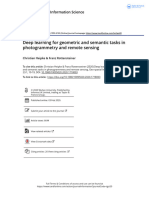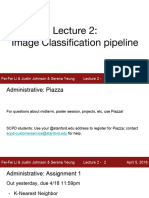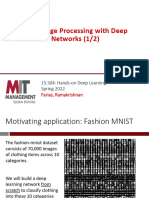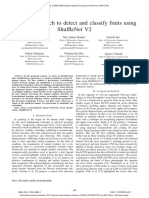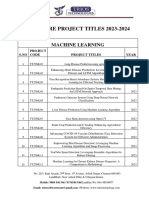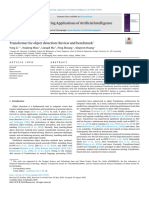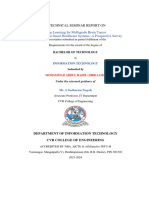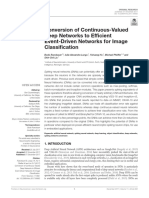0% found this document useful (0 votes)
10 views46 pagesLecture 4
The document discusses image segmentation and the importance of context in identifying objects within images. It covers various techniques for automatic and semi-automatic segmentation, including semantic segmentation using fully convolutional networks and object detection methods like R-CNN and YOLO. The content emphasizes the need for efficient algorithms to classify and segment images accurately while managing computational resources.
Uploaded by
asumi288hkCopyright
© © All Rights Reserved
We take content rights seriously. If you suspect this is your content, claim it here.
Available Formats
Download as PDF, TXT or read online on Scribd
0% found this document useful (0 votes)
10 views46 pagesLecture 4
The document discusses image segmentation and the importance of context in identifying objects within images. It covers various techniques for automatic and semi-automatic segmentation, including semantic segmentation using fully convolutional networks and object detection methods like R-CNN and YOLO. The content emphasizes the need for efficient algorithms to classify and segment images accurately while managing computational resources.
Uploaded by
asumi288hkCopyright
© © All Rights Reserved
We take content rights seriously. If you suspect this is your content, claim it here.
Available Formats
Download as PDF, TXT or read online on Scribd
/ 46























